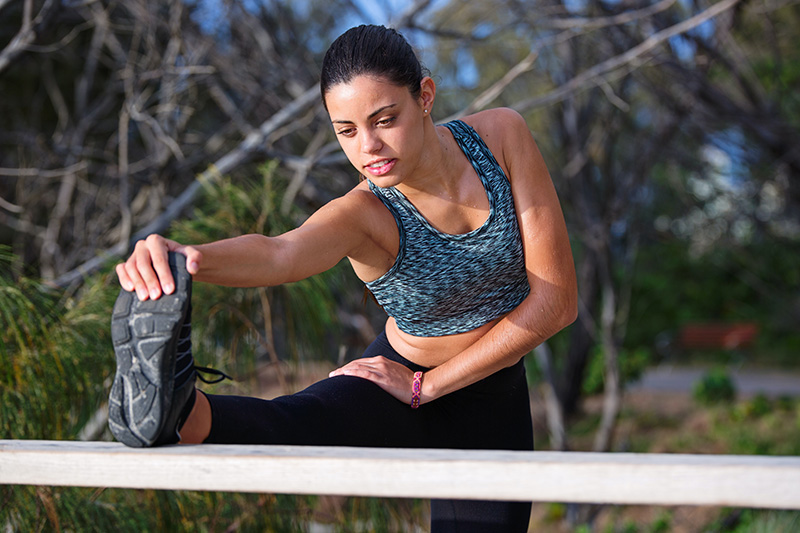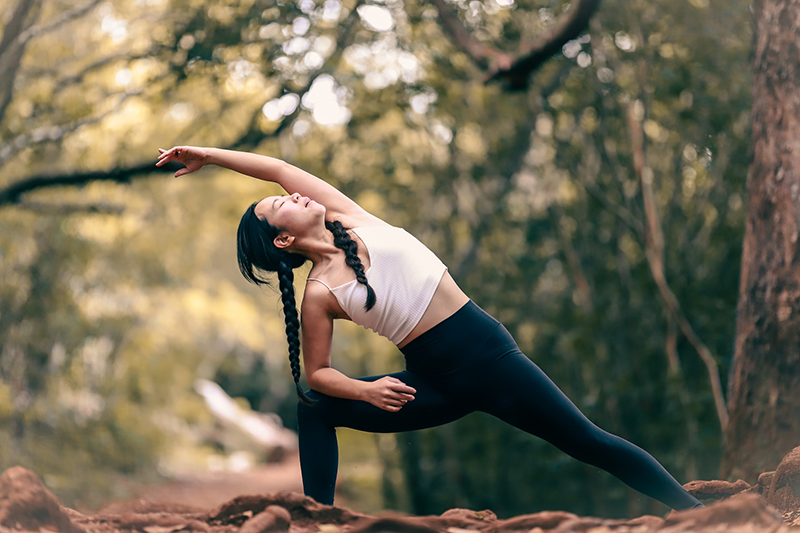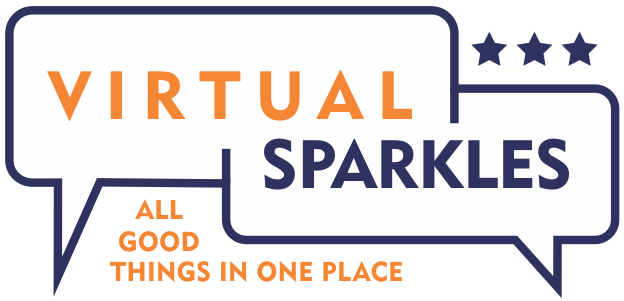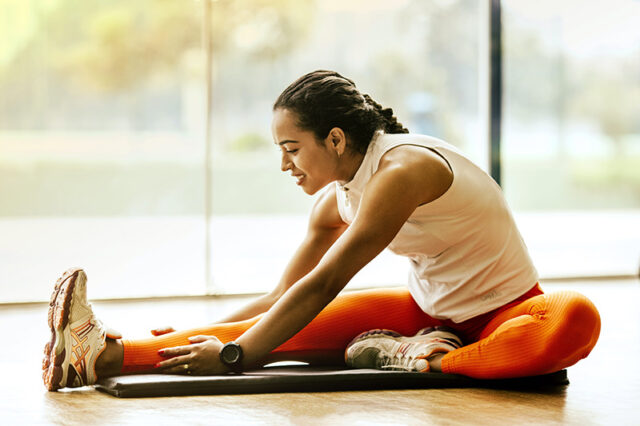Introduction
Being physically active is great for your overall health and regularly conducting weight-lifting workouts and cardio sessions will keep you in shape. Developing and maintaining optimal fitness is incomplete without stretching. This activity will certainly contribute to your athletic performance and universal well-being. You should master the proper form of stretching regardless if you are working out or not.(read more)
Definition of Stretching

Stretching is a physical activity or exercise that involves lengthening or elongating the muscles and other soft tissues of the body. It is typically performed by gently extending or flexing a specific muscle or group of muscles to increase their overall flexibility, improve the range of motion, and promote relaxation. Stretching can be done as part of a warm-up routine before engaging in more vigorous physical activity or as a standalone practice to maintain or enhance flexibility. It helps to improve muscle coordination, prevent injuries, reduce muscle soreness, and promote blood circulation to the stretched areas.
Benefits

The positive aspects of stretching are countless, this kind of activity is natural and even unconscious, we perform this natural movement after spending long hours sitting or lying. Here are some of the benefits of stretching:
- Improved Flexibility: One of the main advantages of stretching is better overall flexibility.[1] The main goal of stretching exercises is lengthening and loosening muscles and tendons increasing the range of motion. This can be very effective if you are trying to build more muscle because you’ll be able to achieve a better (deeper) range of motion and simultaneously reduce the risk of muscle imbalance and possible injury.
- Muscle Recovery and Soreness Reduction: After a long and exhaustive workout, you can feel muscle soreness and fatigue, stretching can be helpful in these kinds of situations because it removes anabolic waste and lactic acid accumulated during a training session. It promotes better circulation and oxygen flow through the muscle and delivers all necessary nutrients.(read more)
- Stretching prevents injuries: Yes, this can be a highly effective warm-up activity, preparing your body for intense physical activity. You have to be sure that your muscles are properly stretched, Stretching increases blood flow to the muscles, warming them up and improving their elasticity, so they’ll be less prone to strains or tears.
4. Enhanced Performance
Whether you’re an athlete or simply aiming to improve your physical performance, incorporating stretching into your routine can yield significant benefits. By improving flexibility, stretching allows muscles to move more efficiently and effectively. This increased range of motion translates to improved athletic performance, as it enables greater agility, speed, and power. Stretching also helps to improve muscle coordination and balance, contributing to better overall performance in various activities and sports.
5. Stress Relief and Relaxation
Stretching is not only beneficial for the body but also for the mind. Engaging in stretching exercises promotes relaxation and reduces stress levels. It encourages deep breathing and mindfulness, creating a moment of tranquility in your day. Stretching helps release tension in the muscles and relieves mental stress, promoting a sense of calm and well-being.
Static Stretch

This movement involves holding a stretch in a comfortable position for a certain period, typically between 15 and 60 seconds. It targets a specific muscle or group of muscles, aiming to lengthen and relax them. Static stretches are often performed after a workout or physical activity, during the cool-down phase.
Whether you’re an athlete, a fitness enthusiast, or someone seeking to enhance your daily movement, incorporating static stretching into your routine can yield numerous benefits. Now let us give you a couple of static stretch examples:
Hamstring Stretch
Sit or stand with your back straight and one leg extended in front of you. Keep your knee straight but not locked. Slowly lean forward from your hips, reaching toward your toes. You should feel a gentle stretch in the back of your leg. Hold this position for 15 to 60 seconds.

Quadriceps Stretch
Stand upright and hold onto stable support if needed. Bend one leg at the knee, bringing your heel toward your buttock. Reach back and hold onto your ankle, gently pulling your heel closer to your buttock. You should feel a stretch in the front of your thigh. Hold this position for 15 to 60 seconds and then switch to the other leg.
Posterior Capsule Stretch
Stand tall or sit on the edge of a chair. Place your opposite hand just above the elbow of the arm you want to stretch. Gently pull the arm across your body, feeling a stretch in the shoulder and the back of the arm. Hold this position for 15 to 60 seconds and then switch to the other arm.
Remember to maintain proper form and avoid bouncing or jerking motions during static stretching. Aim for a comfortable stretch without any pain or discomfort. As with any exercise routine, it’s advisable to consult with a fitness professional or trainer to ensure that you’re performing the stretches correctly and effectively.
By incorporating these kinds of stretches into your routine, you can target specific muscle groups, improve flexibility, and promote overall well-being. Enjoy the full benefits of static stretching and take care of your body during each session.
Dynamic Stretch

Dynamic stretching is a valuable technique that involves moving parts of your body through a full range of motion in a controlled and deliberate manner. Unlike static stretching, which involves holding a stretch, the dynamic variant incorporates continuous movement.
This form of stretching is particularly effective as a warm-up activity before exercise or physical activity. By engaging in dynamic stretches, you can enhance flexibility, increase blood flow to the muscles, and prepare your body for optimal performance. Now let us provide a few useful examples of this movement:
Leg Swings
Stand beside a wall or support and swing one leg forward and backward in a controlled manner. Gradually increase the range of motion with each swing. Repeat for 10 to 15 swings on each leg. This movement targets the hip flexors, hamstrings, and quadriceps.
Arm Circles
Stand with your feet shoulder-width apart and extend your arms straight out to the sides. Begin making small circles with your arms, gradually increasing the size of the circles. After several rotations, reverse the direction. This stretch targets the shoulders, chest, and upper back.
Walking Lunges
Take a step forward with your right foot and lower your body into a lunge position. Push off with your right foot and bring your left foot forward, lowering into another lunge. Continue walking forward, alternating legs with each step. This stretch targets the hip flexors, quadriceps, and glutes.
High Knees
Stand with your feet hip-width apart. Lift your right knee toward your chest while keeping your core engaged. Lower your right leg and immediately lift your left knee. Continue alternating knees in a jogging motion. This stretch targets the hip flexors, and quadriceps, and engages the core.
Useful tips
- Never try conducting stretching without a proper warm-up cold muscles are prone to injury so make sure to avoid this common mistake
- Don’t hold your breath while you are stretching it can be harmful and contra-productive for your body. Breathe slowly and deeply you should be able to feel a “deeper stretch” while you exhale.
- Be patient and consistent, your flexibility will improve over time, don’t force some kind of an uncomfortable stretch, and listen to your body how far and deep you can go during this movement.
Conclusion
Stretching is a powerful practice that offers a multitude of benefits for the body and mind. By incorporating stretching into your routine, you can improve flexibility, prevent injuries, enhance performance, and promote relaxation. Whether you choose static stretching, dynamic stretching, or other specialized techniques, dedicating time to stretching exercises can significantly enhance your physical well-being and overall quality of life. Embrace the power of stretching and unlock a world of flexibility, performance, and vitality.
Source:
[1] – https://mensfitness.co.uk







